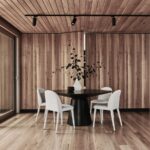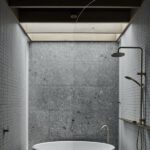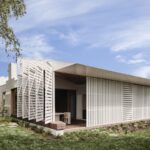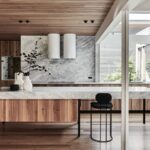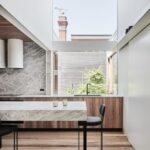
A Rich History
Brighton House, designed by FIGR Architecture & Design, has witnessed multiple transformations throughout its existence, mirroring the evolving needs of its owners. Originally acquired by the clients in the 1970s, the property saw an extension designed by architect John Cuthbert in the 1990s to accommodate their growing family. However, as life circumstances evolved, including retirement and the joy of grandchildren, the need for further adaptation became apparent.

Preserving Character
Despite the challenges posed by the existing structure, efforts were made to preserve its character and integrate new elements seamlessly. While not classified as a heritage site, the project aimed to honor the essence of the original house and its surroundings. The clients, passionate about architecture, embraced a design approach that respected the existing building while introducing thoughtful interventions to enhance functionality and aesthetics.
Enhancing Spatial Flow
The design strategy focused on optimizing spatial flow by eliminating compartmentalized rooms and introducing a more open-plan layout. By removing dead-ends in the plan, the extension seamlessly integrated with the existing structure, offering flexible zones that could adapt to changing needs over time. This approach ensured that the design remained responsive to the lifestyle of the occupants, promoting a sense of continuity and cohesion throughout the space.
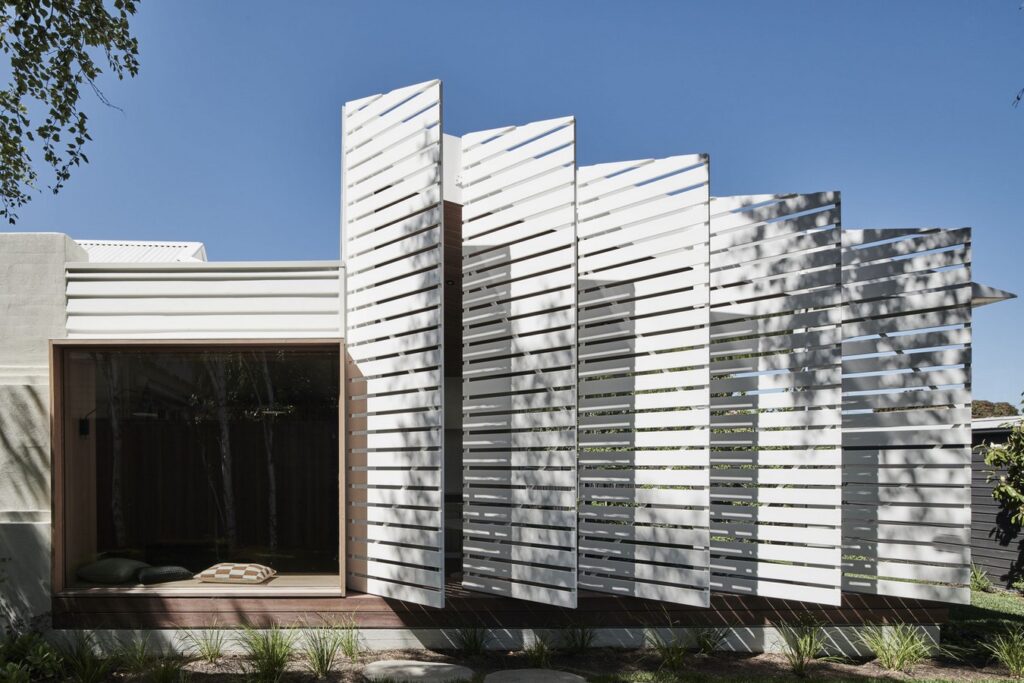
Minimalist Aesthetic
The additions to Brighton House reflect a minimalist aesthetic, characterized by understated materiality and form. The undulating roof forms pay homage to the local residential context while providing generous ceiling heights within the living areas. Australian hardwood cladding adds warmth to the facade and interior spaces, complemented by high-performance double-glazed windows for enhanced energy efficiency.
Harmonizing Old and New
Central to the project was the harmonious integration of the existing structure with contemporary design elements. Existing features such as fireplaces were refurbished and retained, serving as focal points that bridged the past with the present. Architectural details like architraves and skirtings were meticulously restored and reinterpreted in the new portions of the home, ensuring a seamless transition between period charm and modern living.

A Testament to Timelessness
Brighton House stands as a testament to the enduring appeal of old buildings and the transformative power of thoughtful design. By preserving its inherent character and embracing contemporary interventions, the project exemplifies how architecture can evolve while retaining a sense of timelessness. In a world prone to whimsy and extravagance, Brighton House reminds us of the enduring beauty found in simplicity and respect for heritage.


